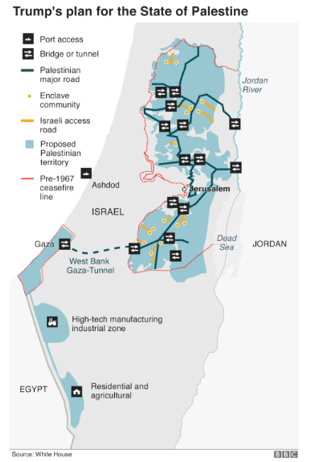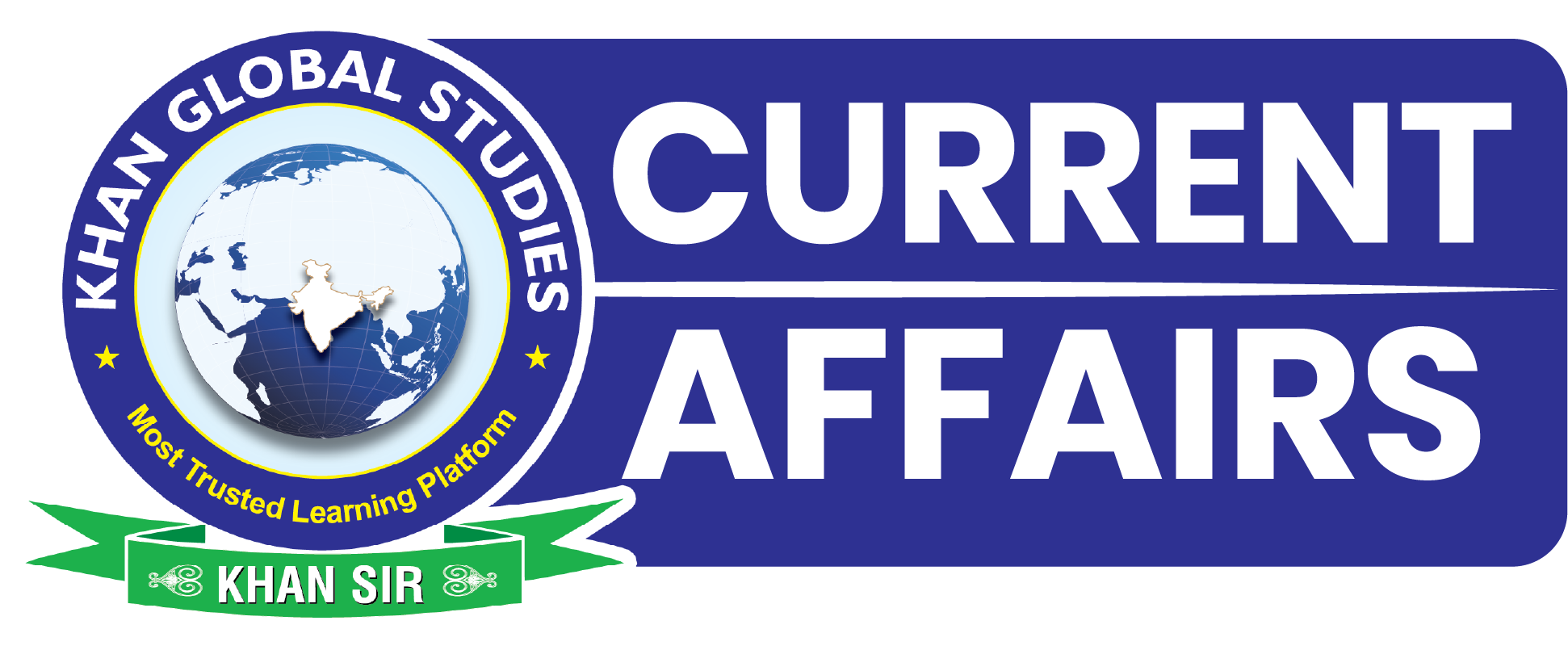Syllabus:
GS-2: Effect of policies and politics of developed and developing countries on India’s interests, Indian diaspora.
Context: Recently, Donald Trump unveiled a new 20-point Gaza peace plan, which has drawn global attention as a major diplomatic effort to end the ongoing conflict in Gaza.
Main Provisions of the Peace Plan

- The peace plan calls for an immediate ceasefire in Gaza and a freeze on military operations by both Israel and Hamas.
- Hamas has agreed, in principle, to release all remaining Israeli hostages, although negotiations on specifics are expected.
- It also envisages handing over Gaza’s administration to a Palestinian body of independent technocrats, forming part of a “temporary transitional governance” mechanism.
- The plan establishes an international body called the “Board of Peace”, to be chaired by President Trump and including other world leaders such as former UK Prime Minister Tony Blair, to supervise the transition and reconstruction process.
- The framework sets guidelines for humanitarian aid, reconstruction of civilian infrastructure, and international monitoring to ensure compliance.
- It proposes future bilateral and multilateral talks involving key stakeholders from the Middle East and global powers.
Global and Regional Reception
- European and Middle Eastern leaders expressed approval, seeing the plan as a balanced effort to de-escalate hostilities and address the humanitarian situation.
- Israeli leadership welcomed the US initiative, indicating willingness to cooperate with international partners in its implementation.
- The US administration warned Hamas of severe consequences should the group reject or violate the terms of the agreement.
- India expressed support for Trump’s efforts, particularly as Hamas agrees to release hostages, marking progress towards potential lasting peace.
- The plan reportedly gained backing from eight Arab and Muslim nations, Saudi Arabia, the UAE, Qatar, Egypt, Jordan, Turkey, Pakistan, and Indonesia, although Islamabad later clarified that the plan differed from an earlier draft discussed with Trump during the UN General Assembly.
Challenges and Implications
- Experts highlight operational and verification challenges, including the mechanisms for enforcing the ceasefire, monitoring compliance, and ensuring the rapid and safe release of hostages.
- The exclusion of a two-state solution from the peace plan has drawn criticism, as Israeli leaders have publicly opposed the creation of a Palestinian state.
- The inclusion of Tony Blair in the transitional oversight body has been controversial, given his past role in rejecting the results of the 2006 Palestinian elections and his association with the Iraq War.
- Observers warn that the plan’s success will depend on credible enforcement mechanisms, regional geopolitics, and the internal political divisions within Palestinian territories.
- Its implementation also hinges on Israel’s restraint and the sustained international consensus necessary for long-term reconstruction and reconciliation.
- Analysts suggest that while the plan may temporarily ease tensions, especially between the US and Qatar, its ambiguity on Gaza’s final political status and the absence of clear timelines for Israeli withdrawal could limit its viability as a lasting peace framework.
Sources:
The Hindu
BBC
Hindustan Times

